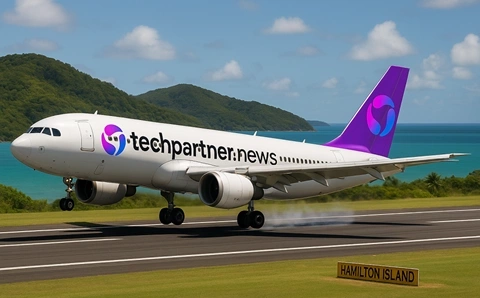Hydrogen fuel for airborne vehicles has something of a PR problem - one that dates back 79 years. The Hindenburg disaster has probably done more than anything else to delay the use of hydrogen in transport, which is a huge shame given how green it is.
50,000 tonnes of fuel per year may sound like a lot, but if you scale it up to EasyJet's full fleet, it's not that much. Why? Because the hydrogen cell would only be intended to power the planes while taking off and landing - which is around four per cent of the airline's total fuel consumption.
Still, it's an interesting starting point - taxiing takes about 20 minutes per journey in total, after all, and scaled up to the entire fleet that's a whopping four million miles per year. EasyJet is hoping to roll out trials later this year, but you're unlikely to see any passengers on the planes for a few years. “We're banking on a three- to five-year proof of concept, and after that hopefully we can persuade mainstream manufacturers to adopt it in the next five to 15 years,” Davies told CNN.
A successful trial could be a small, but significant step towards reducing carbon emissions in air travel, but what then our whole transportation system could be transformed in the next 15 years.
Image: Luca Mascaro used under Creative Commons








.png&h=142&w=230&c=1&s=1)



.jpg&w=100&c=1&s=0)
_(8).jpg&w=100&c=1&s=0)










